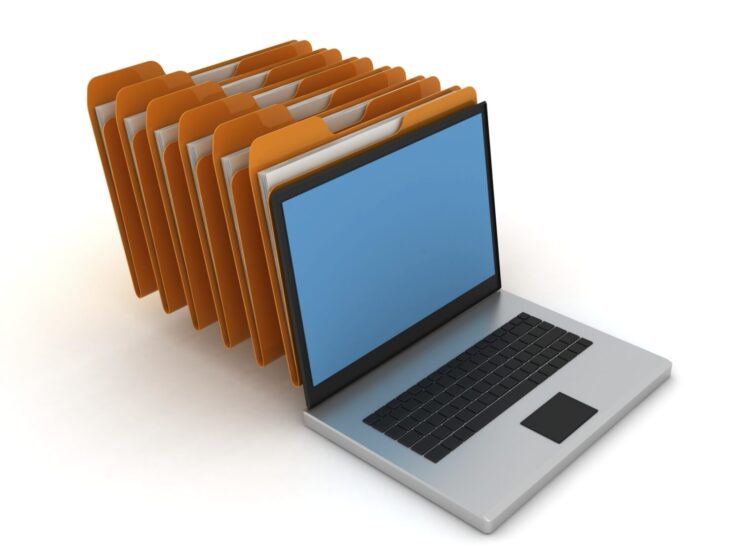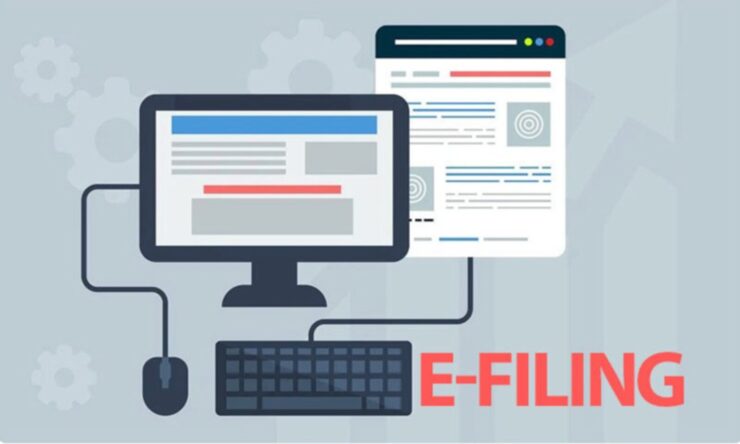In the age of digitization, the legal industry is not to be left behind. Enter eFiling, California’s step forward into an efficient and streamlined legal procedure. It’s not just about speed, but efficiency, accuracy, and accessibility. In this comprehensive guide, we’ll embark on a journey through the ins and outs of California eFiling, and how mastering this process can redefine the workflow of law professionals.
Understanding eFiling in California

Electronic filing, or eFiling, is the process of submitting court documents electronically rather than through traditional paper methods. As California’s courts have become inundated with paperwork over the years, the transition to eFiling has been a breath of fresh air. Beyond environmental considerations, this transition was also about bringing the legal system up to speed with the digital age.
As per the mandates of California, eFiling has become a requirement in many court jurisdictions. This isn’t a mere trend, but a legal requirement aiming to optimize the state’s legal procedures. Legal professionals need to be aware of the particular requirements of each court jurisdiction and adhere to them.
Benefits of eFiling
The shift to eFiling has brought tangible benefits to the Californian legal landscape. For starters, legal professionals no longer need to drown in paperwork. This alone can save countless hours, reducing labor costs and environmental impact. But the benefits don’t stop there. eFiling also enhances the accuracy of submissions. Automated systems minimize clerical errors, ensuring that submissions are correct the first time around.
Recent studies suggest that law firms that have transitioned to eFiling outlets such as MyFileRunner have seen a reduction in administrative costs by as much as 50%. Additionally, quicker case resolutions have been observed, thanks to the increased efficiency of this process.
The California eFiling Process

Embarking on the eFiling journey in California begins with creating an account on an authorized eFiling platform. Once set up, the legal professional can select the appropriate court for their case. Document submission is next, where one can upload all the necessary files electronically.
However, it’s crucial to be wary of specific court guidelines. Each jurisdiction might have its own set of document formatting and submission rules. Failure to comply can result in your documents being rejected, so always be informed!
Tools and Platforms for eFiling
Several platforms are specifically designed to address the needs of California’s legal professionals. Among the industry’s stalwarts are One Legal, CaseFileXpress, and eFileCA. Each of these platforms boasts unique features, competitive pricing structures, and a plethora of user reviews that potential users can evaluate. Some platforms are lauded for their user-friendliness, making the transition for newcomers a breeze. In contrast, others have advanced integration capabilities, making them a fit for tech-savvy law firms with existing systems in place. Given the plethora of choices and the importance of a seamless eFiling experience, it’s essential for legal professionals to critically assess and select a platform that aligns seamlessly with their specific needs and operational demands.
Overcoming Common Challenges
While eFiling brings myriad advantages to the table, like any technology, it comes with its set of challenges. Users might encounter technical glitches, unexpected software incompatibilities, or face a steep learning curve if they are new to the digital arena. These hiccups, while daunting, are not insurmountable. To assist users, most eFiling platforms come equipped with a robust customer support system, offering guidance at every step. They often have extensive FAQs, chatbots, and helpline numbers to assist in real-time. Furthermore, for those looking to preemptively address potential challenges, participating in periodic training sessions or workshops can provide hands-on experience and insights, ensuring they are always a step ahead.
Best Practices for California eFiling

True mastery in this field is not just about understanding the system but also about imbibing best practices that can optimize the entire process. To start with, document preparation is crucial. This involves not only ensuring the content is accurate but also that it’s formatted correctly, adhering to specific court stipulations. Organizing documents, creating clear indices, and labeling can aid in faster processing and review. Compliance is another cornerstone—each court might have nuanced rules, and missing out on these can result in filing rejections. Lastly, the legal industry, being dynamic, sees frequent changes in guidelines.
Case Studies and Success Stories
The transformative power of eFiling is best understood through real-life success stories. Take, for instance, the esteemed law firm A&B Legal. Prior to their transition to eFiling, they grappled with paperwork and administrative delays. However, post-transition, they reported a whopping 30% increase in caseload handling efficiency. Then there’s the story of the determined solo practitioner, Jane Doe, Esq. For Jane, eFiling was the game-changer she didn’t know she needed. It cut down her administrative tasks by half, giving her more time for client interactions and case preparations.
Legal Compliance and Security
In an industry where confidentiality is sacrosanct, security considerations take center stage. Legal professionals and clients alike need the assurance that their sensitive data is shielded from prying eyes. Thankfully, eFiling platforms in California recognize this need. They employ robust encryption protocols, multi-factor authentication, and firewalls to ensure that sensitive information remains exclusively in the intended hands. Moreover, with rising cyber threats, platforms are continually updating their security measures.
Future Trends in eFiling

The world of eFiling is not static; it’s a landscape punctuated by innovations and evolutions. Industry insiders and tech experts alike are bullish about the integration of AI technologies in the near future. These integrations could potentially auto-check compliance, predict case outcomes, or even auto-fill repetitive information, further simplifying processes. Additionally, as technology continues its relentless march forward, we could witness eFiling becoming a standard not just for specific cases but a broader spectrum, heralding a new era in the legal realm where efficiency is the norm, not the exception.
Training and Resources
The journey to eFiling mastery is one of continuous learning. Fortunately, legal professionals have a wealth of resources at their disposal. Institutions like the California Legal Technology Association are at the forefront, offering tailor-made workshops, certification programs, and seminars. These training sessions, helmed by industry experts, provide both theoretical knowledge and practical insights. Apart from formal institutions, there are also numerous online courses, webinars, and tutorials available, ensuring that regardless of one’s preferred mode of learning, there’s a resource out there to guide them on their eFiling journey.
Conclusion
California’s eFiling system is more than just a digital transition—it’s a transformative tool for the legal industry. By streamlining processes, reducing costs, and ensuring accuracy, it’s evident that eFiling is the future. For legal professionals in California, the time to embrace this future is now.

